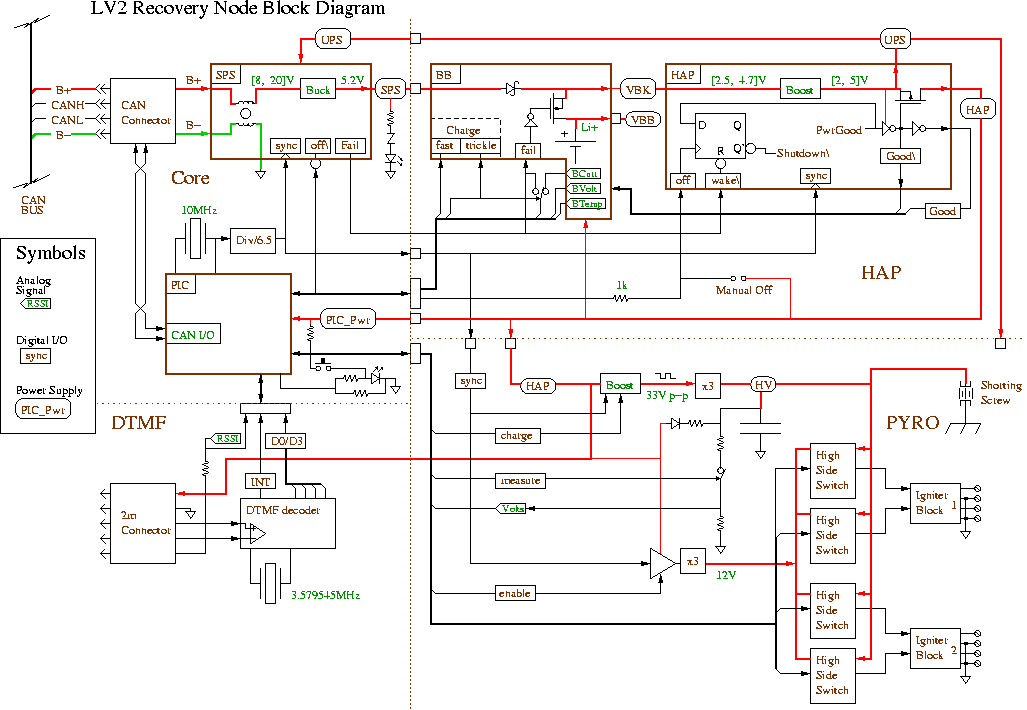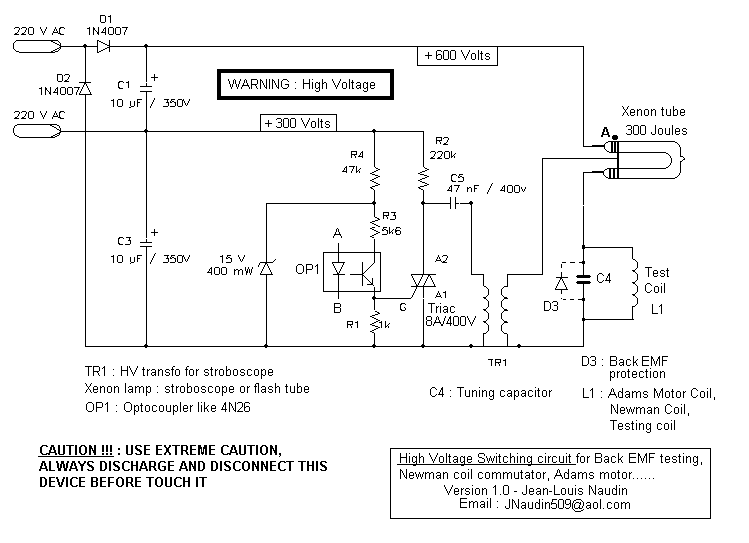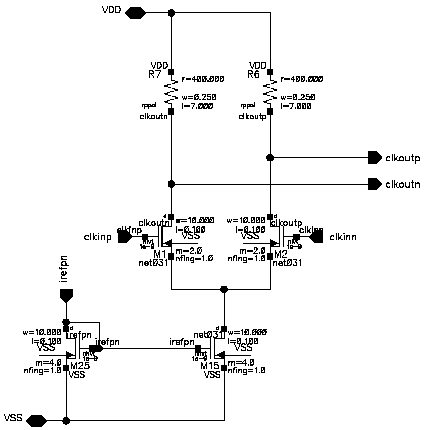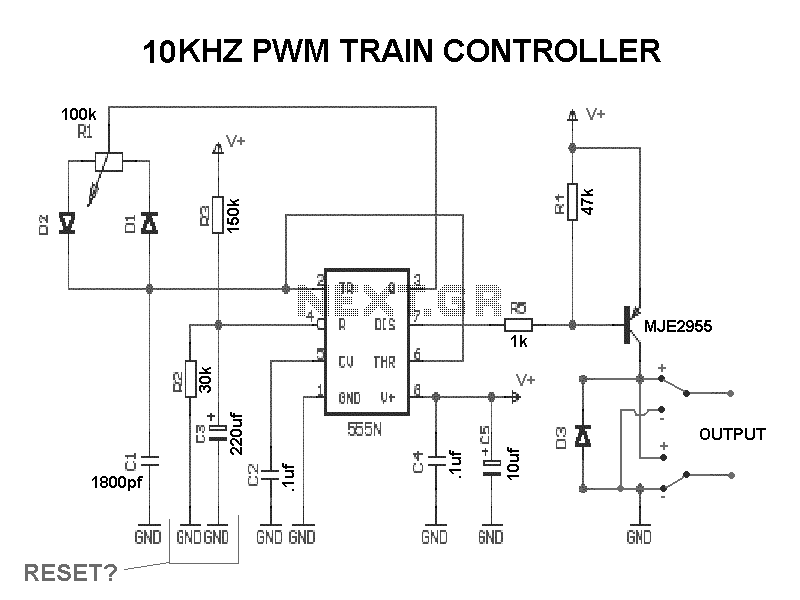
Long-Line Ir Drop-Voltage Recovery
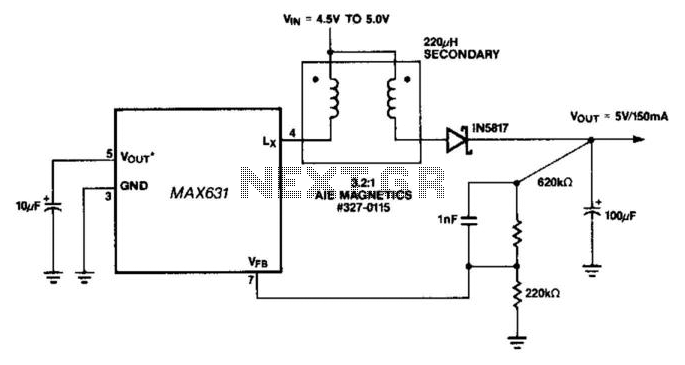
This circuit offers a distinctive solution to a prevalent power distribution issue at the system level. When the supply voltage to a remote board must travel through a lengthy cable, the voltage at the termination point may decrease to unacceptable levels. This +5-V/+5-V converter resolves this issue by taking the diminished voltage at the end of the supply line and amplifying it back to +5 V. This functionality is particularly beneficial in remote display devices, such as certain point-of-sale (POS) terminals, where several meters of cable might separate the terminal from the display.
The described circuit operates as a voltage booster, specifically designed to counteract voltage drop due to resistive losses in long cable runs. By employing a step-up (boost) converter topology, the circuit can efficiently increase the voltage from a lower level back to the desired +5 V output.
Key components of the circuit typically include an inductor, a switch (often a MOSFET), a diode, and a capacitor. The inductor stores energy when the switch is closed, and when the switch opens, the energy is released to the output through the diode, charging the output capacitor. This process is controlled by a feedback mechanism that monitors the output voltage and adjusts the duty cycle of the switch to maintain a stable +5 V output, even when the input voltage varies.
The circuit's design should consider the maximum current requirements of the load, ensuring that the components are rated appropriately to handle the expected power levels. Additionally, attention must be given to the efficiency of the converter, as losses can occur in the switching elements and in the inductor, which may lead to heat generation and reduced performance.
For applications in POS terminals or other remote display devices, it is crucial to ensure that the circuit can operate over the entire range of input voltage levels that may be encountered, especially under load conditions. Proper layout and grounding techniques should also be employed to minimize noise and ensure reliable operation, especially given the potential for electromagnetic interference in environments where POS systems are commonly used.
In summary, this +5-V/+5-V converter circuit is a vital tool for maintaining proper voltage levels in remote applications, enhancing the reliability and performance of electronic systems that rely on long cable runs for power distribution. This circuit provides a unique solution to a common system-level power distribution problem: When the su pply voltage to a remote board must traverse a long cable, the voltage at the end of the line sometimes drops to unacceptable levels. This + 5-V/ + 5-V converter addresses this by taking the reduced voltage at the end of the supply line and boosting it back to + 5 V.
This can be especially useful in remote display devices, such as some point-of-sale (POS) terminals, where several meters of cable could separate the terminal from the readout.
The described circuit operates as a voltage booster, specifically designed to counteract voltage drop due to resistive losses in long cable runs. By employing a step-up (boost) converter topology, the circuit can efficiently increase the voltage from a lower level back to the desired +5 V output.
Key components of the circuit typically include an inductor, a switch (often a MOSFET), a diode, and a capacitor. The inductor stores energy when the switch is closed, and when the switch opens, the energy is released to the output through the diode, charging the output capacitor. This process is controlled by a feedback mechanism that monitors the output voltage and adjusts the duty cycle of the switch to maintain a stable +5 V output, even when the input voltage varies.
The circuit's design should consider the maximum current requirements of the load, ensuring that the components are rated appropriately to handle the expected power levels. Additionally, attention must be given to the efficiency of the converter, as losses can occur in the switching elements and in the inductor, which may lead to heat generation and reduced performance.
For applications in POS terminals or other remote display devices, it is crucial to ensure that the circuit can operate over the entire range of input voltage levels that may be encountered, especially under load conditions. Proper layout and grounding techniques should also be employed to minimize noise and ensure reliable operation, especially given the potential for electromagnetic interference in environments where POS systems are commonly used.
In summary, this +5-V/+5-V converter circuit is a vital tool for maintaining proper voltage levels in remote applications, enhancing the reliability and performance of electronic systems that rely on long cable runs for power distribution. This circuit provides a unique solution to a common system-level power distribution problem: When the su pply voltage to a remote board must traverse a long cable, the voltage at the end of the line sometimes drops to unacceptable levels. This + 5-V/ + 5-V converter addresses this by taking the reduced voltage at the end of the supply line and boosting it back to + 5 V.
This can be especially useful in remote display devices, such as some point-of-sale (POS) terminals, where several meters of cable could separate the terminal from the readout.
